一般现在时和一般过去时
- 格式:ppt
- 大小:421.50 KB
- 文档页数:13
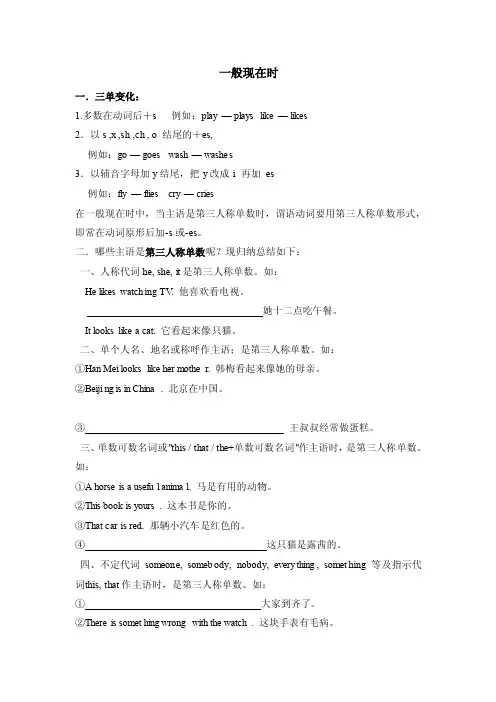
一般现在时一.三单变化:1.多数在动词后+s 例如:play — plays like — likes2.以s ,x ,sh ,ch , o 结尾的+es,例如:go — goes wash — washes3.以辅音字母加y结尾,把y改成i再加es例如:fly — flies cry — cries在一般现在时中,当主语是第三人称单数时,谓语动词要用第三人称单数形式,即常在动词原形后加-s或-es。
二.哪些主语是第三人称单数呢?现归纳总结如下:一、人称代词he, she, it是第三人称单数。
如:He likeswatchi ng TV. 他喜欢看电视。
她十二点吃午餐。
It lookslike a cat. 它看起来像只猫。
二、单个人名、地名或称呼作主语;是第三人称单数。
如:①Han Mei lookslike her mother. 韩梅看起来像她的母亲。
②Beijin g is in China.北京在中国。
③王叔叔经常做蛋糕。
三、单数可数名词或"this / that / the+单数可数名词"作主语时,是第三人称单数。
如:①A horseis a useful animal. 马是有用的动物。
②This book is yours.这本书是你的。
③That car is red. 那辆小汽车是红色的。
④这只猫是露茜的。
四、不定代词so meone, somebo dy, nobody, everyt hing,someth ing等及指示代词t his, that作主语时,是第三人称单数。
如:①大家到齐了。
②Thereis someth ing wrongwith the watch.这块手表有毛病。
③This is a pen. 这是一支钢笔。
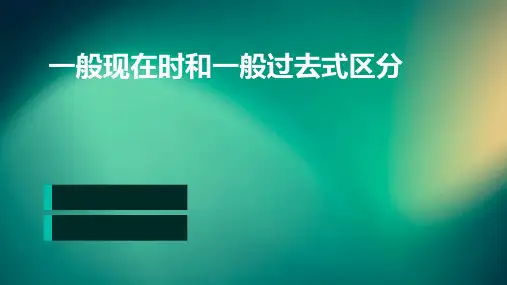
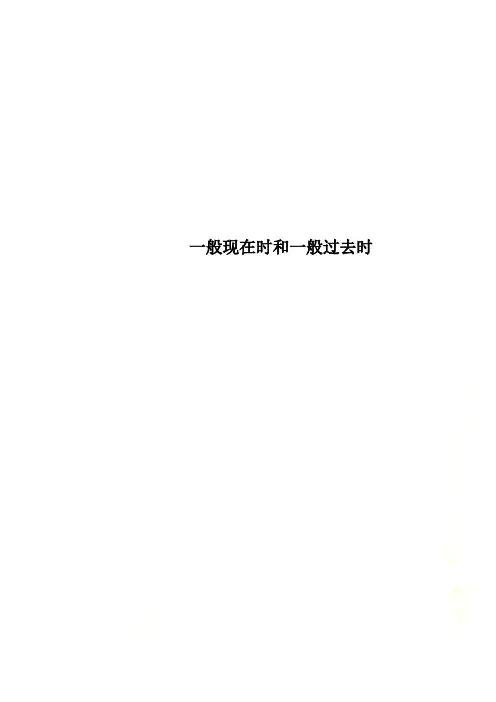
一般现在时和一般过去时初中英语动词时态一.一般现在时一般现在时用法:1.现阶段经常性、习惯性动作;2.目前的状态;3.客观真理。
构成:用于是第三人称单数时,作谓语的行为动词要加词尾-s(-es),其他人称和数用动词原形。
句型:it is / they are / I am (动词要用原型,除单数第三人称外)主要用于下面几情况:1) 描述当前时间内经常出现、反复发生的动作或存在的状态。
在这种情景中,句子常带有表示频率的时间状语:always , every day , often , once a week (month , year , etc.) , sometimes , seldom , usually等等,以表示句中的动作或状态是习惯性的、经常性的。
例如:They raise ducks as a sideline .他们以养鸭为副业。
She doesn't often write to her family, only once a month. 她不常给家里写信,仅一月一封而已。
I cycle to work every day .我每天骑自行车上班。
It seldom rains here .这儿很少下雨。
示将来要发生的动作。
例如:I'll tell him the news when he comes back. 他回来时,我将告诉他这个消息。
If you take the job , they will talk with you in greater details. 如果你接受这份工作,他们将和你谈谈细节。
用于一般现在时的副词,除了上面提到的一些表示频率的以外,常见的还有:now, today , nowadays等等。
一般现在时是英语中应用最广泛的时态之一。
它表示1)经常性、习惯性的动作或存在的状态。
e.g. I go to school on foot. He is very busy now. 2)表示主语的特征、性格、能力、爱好等。
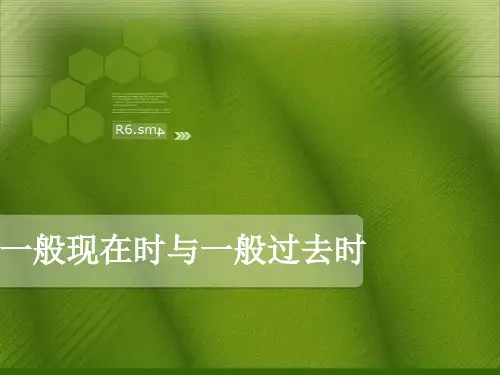

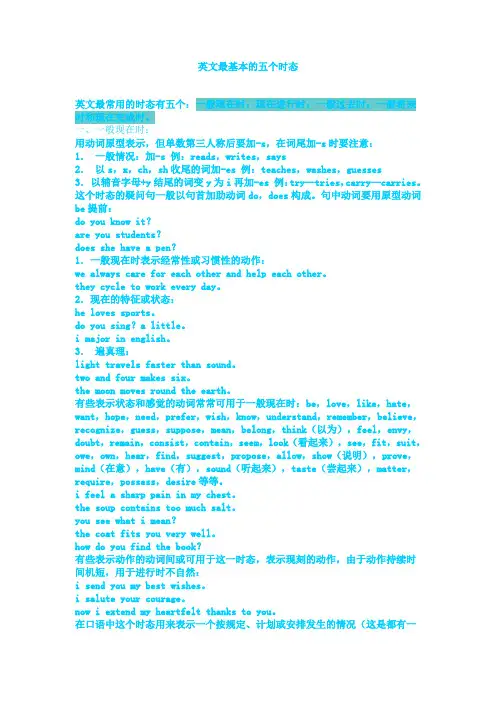
英文最基本的五个时态英文最常用的时态有五个:一般现在时;现在进行时;一般过去时;一般将来时和现在完成时。
一、一般现在时:用动词原型表示,但单数第三人称后要加-s,在词尾加-s时要注意:1.一般情况:加-s 例:reads,writes,says2.以s,x,ch,sh收尾的词加-es 例:teaches,washes,guesses3.以辅音字母+y结尾的词变y为i再加-es 例:try—tries,carry—carries。
这个时态的疑问句一般以句首加助动词do,does构成。
句中动词要用原型动词be提前:do you know it?are you students?does she have a pen?1.一般现在时表示经常性或习惯性的动作:we always care for each other and help each other。
they cycle to work every day。
2.现在的特征或状态:he loves sports。
do you sing?a little。
i major in english。
3.遍真理:light travels faster than sound。
two and four makes six。
the moon moves round the earth。
有些表示状态和感觉的动词常常可用于一般现在时:be,love,like,hate,want,hope,need,prefer,wish,know,understand,remember,believe,recognize,guess,suppose,mean,belong,think(以为),feel,envy,doubt,remain,consist,contain,seem,look(看起来),see,fit,suit,owe,own,hear,find,suggest,propose,allow,show(说明),prove,mind(在意),have(有),sound(听起来),taste(尝起来),matter,require,possess,desire等等。
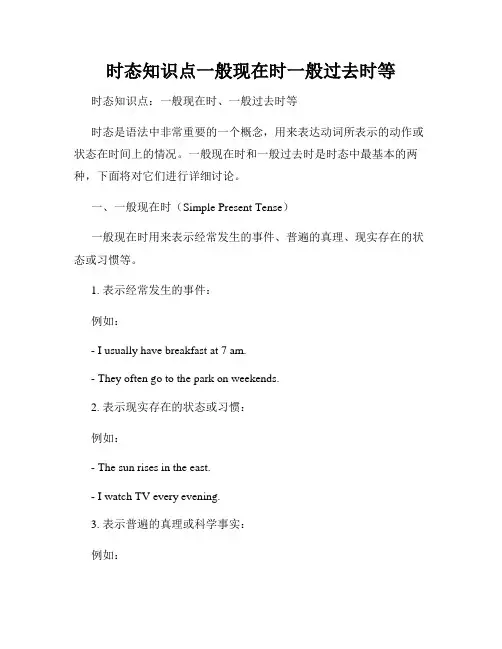
时态知识点一般现在时一般过去时等时态知识点:一般现在时、一般过去时等时态是语法中非常重要的一个概念,用来表达动词所表示的动作或状态在时间上的情况。
一般现在时和一般过去时是时态中最基本的两种,下面将对它们进行详细讨论。
一、一般现在时(Simple Present Tense)一般现在时用来表示经常发生的事件、普遍的真理、现实存在的状态或习惯等。
1. 表示经常发生的事件:例如:- I usually have breakfast at 7 am.- They often go to the park on weekends.2. 表示现实存在的状态或习惯:例如:- The sun rises in the east.- I watch TV every evening.3. 表示普遍的真理或科学事实:例如:- Water boils at 100 degrees Celsius.- The earth revolves around the sun.4. 表示感觉、看法、经验等个人态度:例如:- I love chocolate.- She hates spiders.注意事项:- 在第三人称单数形式中,动词要加上"-s"或"-es"。
- 对于一些规则动词,如work、study等,第三人称单数形式只需要加上"-s"。
- 对于以辅音字母加"y"结尾的动词,要将"y"改为"i"并加上"-es";对于以元音字母加"y"结尾的动词,直接加上"-s"。
二、一般过去时(Simple Past Tense)一般过去时用来表示过去发生的动作或状态,常常与具体的时间状语连用,如yesterday、last week等。
1. 表示过去发生的事件:例如:- I visited my grandparents last weekend.- They watched a movie together yesterday.2. 表示过去的习惯或状态:例如:- He used to live in New York.- She had a pet dog when she was a child.3. 表示过去的真理、科学事实或历史事件:例如:- The dinosaurs became extinct millions of years ago.- Columbus discovered America in 1492.4. 表示间接引语中的陈述句:例如:- He said he loved her.注意事项:- 对于大多数动词,我们只需要在动词原形的基础上加上"-ed"。
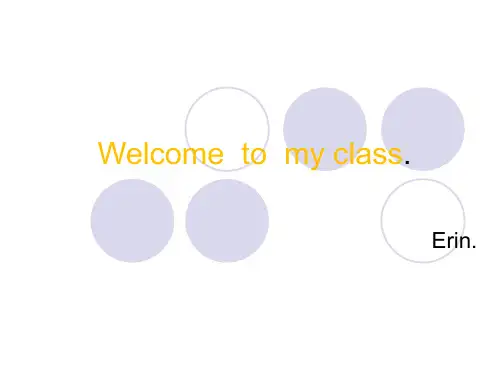
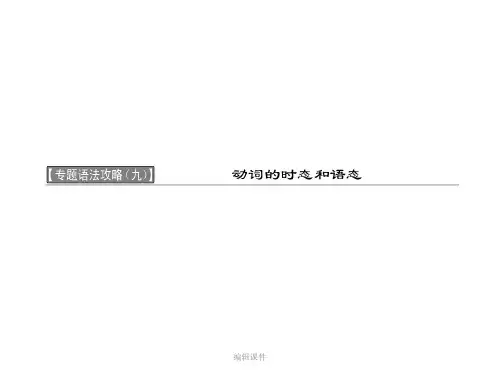
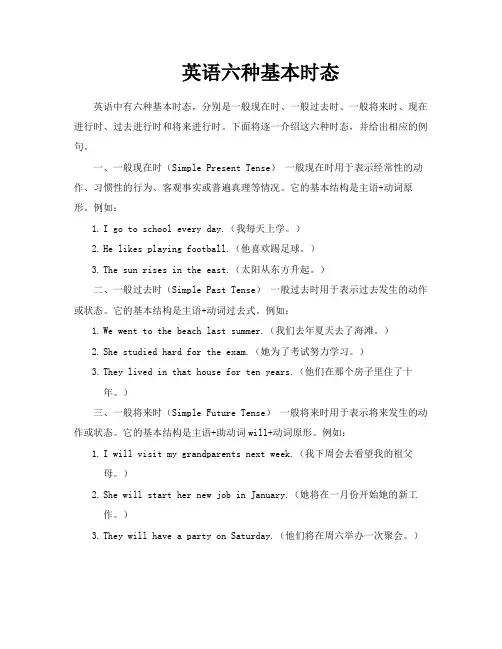
英语六种基本时态英语中有六种基本时态,分别是一般现在时、一般过去时、一般将来时、现在进行时、过去进行时和将来进行时。
下面将逐一介绍这六种时态,并给出相应的例句。
一、一般现在时(Simple Present Tense)一般现在时用于表示经常性的动作、习惯性的行为、客观事实或普遍真理等情况。
它的基本结构是主语+动词原形。
例如:1.I go to school every day.(我每天上学。
)2.He likes playing football.(他喜欢踢足球。
)3.The sun rises in the east.(太阳从东方升起。
)二、一般过去时(Simple Past Tense)一般过去时用于表示过去发生的动作或状态。
它的基本结构是主语+动词过去式。
例如:1.We went to the beach last summer.(我们去年夏天去了海滩。
)2.She studied hard for the exam.(她为了考试努力学习。
)3.They lived in that house for ten years.(他们在那个房子里住了十年。
)三、一般将来时(Simple Future Tense)一般将来时用于表示将来发生的动作或状态。
它的基本结构是主语+助动词will+动词原形。
例如:1.I will visit my grandparents next week.(我下周会去看望我的祖父母。
)2.She will start her new job in January.(她将在一月份开始她的新工作。
)3.They will have a party on Saturday.(他们将在周六举办一次聚会。
)四、现在进行时(Present Continuous Tense)现在进行时用于表示现在正在进行的动作。
它的基本结构是主语+be动词(am/is/are)+动词ing形式。
例如:1.We are watching a movie right now.(我们现在正在看电影。
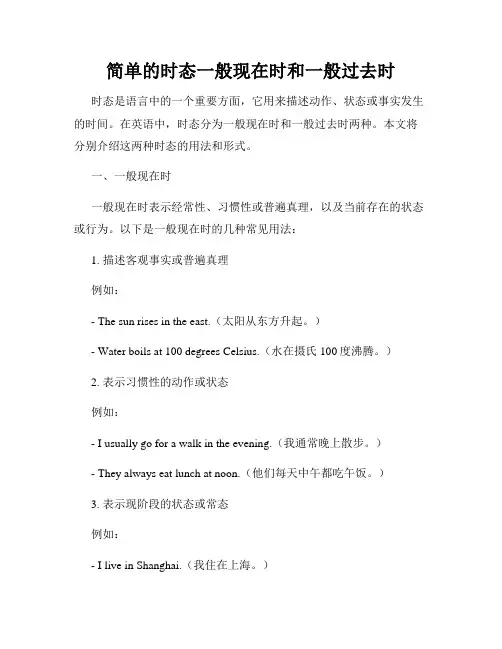
简单的时态一般现在时和一般过去时时态是语言中的一个重要方面,它用来描述动作、状态或事实发生的时间。
在英语中,时态分为一般现在时和一般过去时两种。
本文将分别介绍这两种时态的用法和形式。
一、一般现在时一般现在时表示经常性、习惯性或普遍真理,以及当前存在的状态或行为。
以下是一般现在时的几种常见用法:1. 描述客观事实或普遍真理例如:- The sun rises in the east.(太阳从东方升起。
)- Water boils at 100 degrees Celsius.(水在摄氏100度沸腾。
)2. 表示习惯性的动作或状态例如:- I usually go for a walk in the evening.(我通常晚上散步。
)- They always eat lunch at noon.(他们每天中午都吃午饭。
)3. 表示现阶段的状态或常态例如:- I live in Shanghai.(我住在上海。
)- He works as a teacher.(他是一名教师。
)一般现在时的形式为主语加动词的原形,不论主语是第一、第二还是第三人称单数或复数,动词保持不变。
例如:- I study English every day.(我每天学英语。
)- You work hard.(你努力工作。
)- He, she, it reads books.(他,她,它读书。
)- We, you, they play soccer.(我们,你们,他们踢足球。
)二、一般过去时一般过去时表示过去某个时间发生的动作或状态。
以下是一般过去时的几种常见用法:1. 描述过去发生的具体事件或动作例如:- I visited my grandparents last week.(上周我拜访了我的祖父母。
)- She cooked a delicious meal for us yesterday.(昨天她为我们做了一顿美味的饭菜。
一般过去时和一般现在时的区别一般过去时(simple past tense)表示过去某个时间里发生的动作或状态;过去习惯性、经常性的动作、行为;过去主语所具备的能力和性格。
时间状语Ago(two hours ago, yesterday, the day before yesterday, last week, last(year, night, month…), 具体时间, just now,at the age of , one day, long ago, once upon a time(很久以前), and so on.(填时间如:two days)ago动词变化规则规则变化:1.直接加ed:work-- worked ,2.以e结尾的单词,直接加d:live --lived3 以辅音字母+y结尾的,变y为i加ed:study studied4以元音字母+y结尾的,直接加ed:enjoy enjoyed5 以重读闭音节结尾的,双写最后的辅音字母+ed:stop stopped不规则变化:have/has -- had, eat--ate, see—saw,am/is—was,are--were, go—went, do--did,take--took, run--ran,lend--lent, sleep--slept, get—got, meet—met, bring—brought, buy—bought, think—thought, say—said, give—gave, put—put, write--wrote, swim--swam基本结构主语+动词过去式+其他否定形式①was/were+not;②在行为动词前加didn't,同时还原行为动词一般疑问句Did+主语+do+其他?例句She often came to help us in those days.I didn't know you were so busy.一般现在时:表示经常发生的动作或存在的状态,一般情况下在动词后加“s”或“es”。
一般现在时与一般过去时的区别一般现在时和一般过去时是英语语态中比较常见的两种时态形式。
它们分别用于表达现在和过去的动作或状态,并在使用上存在着一些明显的区别。
1. 时间范围:一般现在时用于描述经常发生的动作、状态或普遍真理。
它强调的是客观性和普遍性,不具备时间上的限定。
例如:- She walks to school every day.(她每天走路去学校。
)- Cats like to play with yarn.(猫喜欢玩毛线。
)- The sun rises in the east.(太阳从东方升起。
)一般过去时用于过去发生的动作、状态或经验。
它表达的是在过去某个具体时间内发生的事情,与现在无关。
例如:- He lived in Paris for five years.(他在巴黎住了五年。
)- I played football with my friends yesterday.(昨天我和朋友们踢足球。
)- They visited their grandparents last summer.(他们去年夏天拜访了他们的祖父母。
)2. 动词形式:在一般现在时中,大多数动词使用原形;第三人称单数使用动词的第三人称单数形式(在动词后加-s/-es)。
例如:- I watch TV every evening.(我每天晚上看电视。
)- She often reads books in her free time.(她经常在空闲时间看书。
)在一般过去时中,大多数动词使用过去式形式来表示过去发生的动作或状态。
例如:- I watched a movie last night.(昨晚我看了一部电影。
)- He cooked dinner for his family yesterday.(昨天他给家人做了晚餐。
)3. 表示方式:一般现在时用于陈述客观事实或经常性动作,表达一种普遍真理。
例如:- Water boils at 100 degrees Celsius.(水在100摄氏度时沸腾。
一般现在时与一般过去时的区别初中语法重点解析一般现在时和一般过去时是英语语法中两种最基本的时态。
它们在使用上有所不同,主要表达现在和过去的动作或状态。
本文将对这两种时态的区别进行初中语法重点解析。
一、一般现在时一般现在时用于描述经常性、习惯性或普遍性的动作或状态。
1. 基本句式结构:主语 + 动词的原形(一般动词加-s或-es)2. 表达经常性习惯的词语:常常(often)、通常(usually)、有时候(sometimes)、总是(always)等。
3. 示例:- I often go to the park on weekends.(我经常在周末去公园。
)- She usually reads books before bedtime.(她通常在睡前看书。
)二、一般过去时一般过去时用于描述过去发生的动作或状态。
1. 基本句式结构:主语 + 动词的过去式形式2. 表达过去的时间段词语:昨天(yesterday)、上个月(last month)、去年(last year)等。
3. 示例:- We visited our grandparents last weekend.(上个周末我们去看望了祖父母。
)- It rained heavily yesterday.(昨天下了一场大雨。
)三、一般现在时与一般过去时的区别1. 时间参照点:一般现在时是以现在为参照点,即描述现在或经常性的动作或状态;而一般过去时以过去某个具体时间为参照点,描述过去已经发生的动作或状态。
2. 动词形式变化:一般现在时中,动词一般保持原形,但第三人称单数要加上-s或-es。
而一般过去时中,动词需变为过去式形式。
3. 时间状语的使用:一般现在时通常结合时间状语词或者副词来表示经常性的动作或状态;而一般过去时则结合过去的时间段词语。
4. 示例比较:- 现在:- I often play basketball in the park.(我经常在公园打篮球。
小学历史经典总结---一般现在时与一般过
去时
一般现在时
一般现在时用于描述现在的状态、经常性的惯或行为,以及普遍真理。
在句子中,一般现在时通常与表示频率的副词或时间状语连用。
例句:
1. 我每天早上七点钟起床。
2. 那个男孩经常去图书馆借书。
3. 水在100度时沸腾。
一般过去时
一般过去时用于描述过去发生的事情或与过去相关的状态、行为。
在句子中,一般过去时通常与表示过去时间的副词或时间状语连用。
例句:
1. 昨天我去了动物园。
2. 我小时候常常玩电脑游戏。
3. 他五年前结婚了。
一般现在时与一般过去时的区别
一般现在时和一般过去时的最主要区别在于表示的时间。
- 一般现在时表示现在或经常性的动作、状态;
- 一般过去时表示过去或过去的经常性动作、状态。
注意事项
1. 在一般现在时中,第三人称单数形式的动词要加上-s或-es;
2. 在一般过去时中,动词一般用过去式;
3. 在一般现在时和一般过去时的句子中,时间状语的使用要与所描述的时间相符合。
以上是关于小学历史中一般现在时和一般过去时的基本总结。
希望对您有帮助!
参考资料:
- {参考资料1}
- {参考资料2}。
1、【定义】一般现在时表示现在经常反复发生的动作、存在的状态或习惯性的动作。
2、【结构】构成:主语+动词原形……温馨提示:Be动词的第一人称单数形式为am,第三人称单数形式为is,其他人称形式为are;单数及不可数名词用is,复数名词用are。
一般现在时用实意动词的原形,但第三人称单数作主语时,动词要用单三式。
(一般的动词词尾+s,以sh/ch/s/x结尾的词+es,以辅音字母y 结尾的把y变成i再+es。
辅音字母+o结尾的+es.)【否定结构】Be动词否定句式:主语 + be(am, is, are) + not + 其它.实意动词否定句式:主语 + don’t + 动词(原形)+ 其它【do not = don’t】情态动词否定句式:主语 + 情态动词+ not + 其它.3、【时间状语】always, usually, often, sometimes, every week (day, year, month…), once a week, on Sundays ……He usually plays football on Sundays. 他通常在周末踢足球。
4、【被动语态】英语中有主动语态和被动语态之分。
主动语态表示主语是动作的执行者,而被动语态则表示主语是动作的承受者。
一般现在时的被动语态由“助动词be(am, is, are)+ 实意动词的过去分词”构成。
Such books are written for children.这些书是为孩子们写的。
【当堂检测】1. Every year many foreigners ______ to China to learn Chinese.A. have comeB. comesC. cameD. come2. A knife ______ for cutting.A. amB. isC. areD.be3. I ______ ten yuan by my father every day.A. am givingB. giveC. givesD. giving根据提示完成句子。